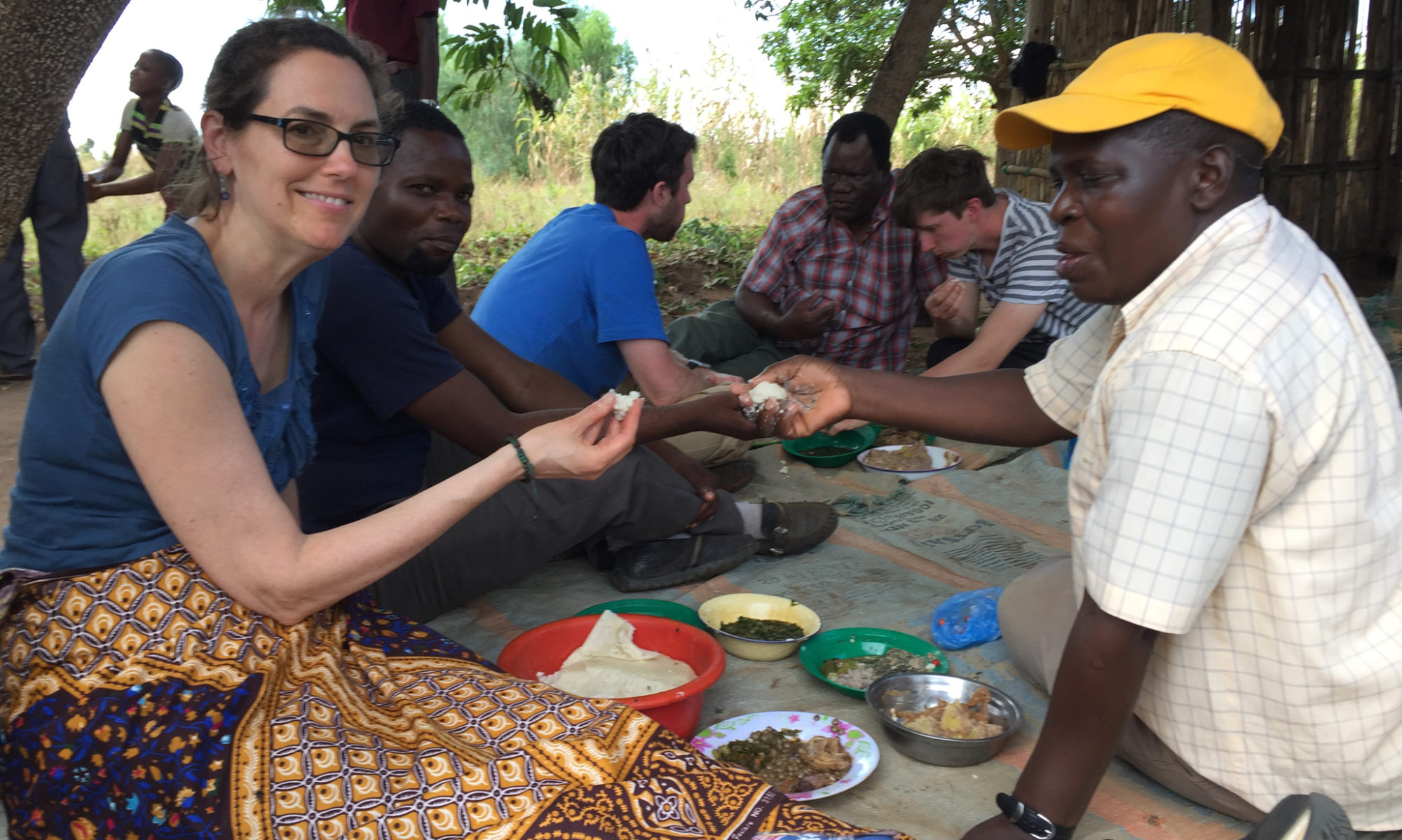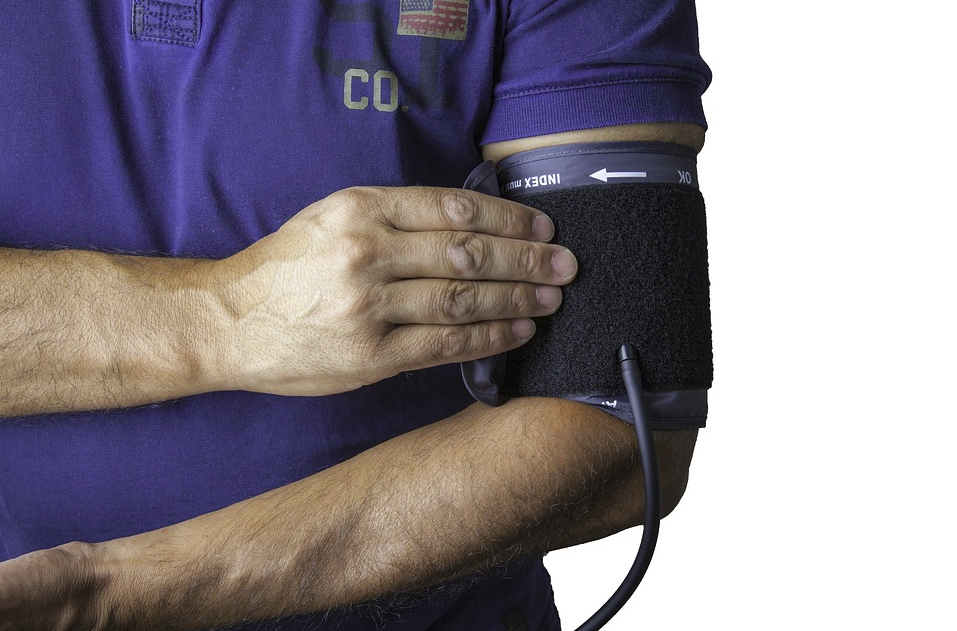Whether or not you have social responsibility on your mind, there are many things that you could do today to improve your community. Every little bit of effort will make a difference. Though you may think there is too much out there that needs to be done to make any worthwhile change, the trick is to start small but think big.
Help a Neighbor
Chances are that somebody comes to mind. Whether it be cooking a meal for the young couple that just had a baby or shoveling the driveway for the newly single workaholic mother across the street, a little bit of effort can certainly make their day brighter.
Volunteer at School
Schools are always in need of some dedicated parents willing to donate their time. Maybe the theater department is in need of set-building; whether it’s using power tools to construct the set or simply help with painting, they could use the extra set of hands. If you’re into sports, talk to the athletics department about becoming a soccer coach or starting an afterschool dodgeball club. Maybe the library is looking for tutors in their afterschool programs. It’s likely that there is a department that could use your help tailored to your skills and interests.
Visit a Local Nursing Home
While the staff at nursing homes is often busy and overworked, you can both brighten their day and their patients’ by paying them a visit. Many patients are just looking for someone to talk to, share an old story with, and something to bring excitement to their day. Visiting for just one hour could really make a significant impact.
Volunteer at a Local Food Kitchen
Love to cook? Volunteering for a local shelter is a great way to connect with your community. Taking the time to help prepare a meal for someone else can be relaxing. You will gather with other volunteers who share this common interest in cooking. Helping hungry people in your community receive a good, healthy meal can fill your heart, and their bellies.
Join or Organize a Park Clean-Up
Sick of passing that run-down park everyday on your way to work? Grab some trash bags, rakes, gloves, and ask for some help from your neighbors. A few hours of hard work and a communal effort could make a big difference and help restore the area to what it used to be. Even if you can pick up just 10 water bottles, those are 10 plastic bottles that can be properly recycled instead of harming the environment.







